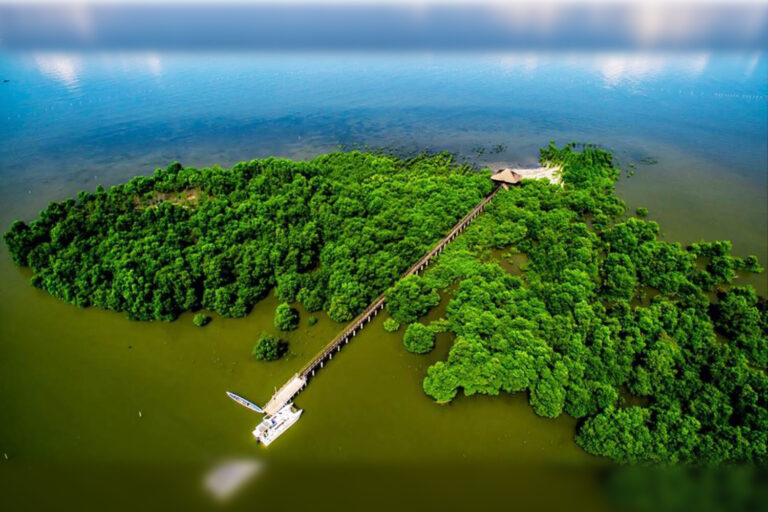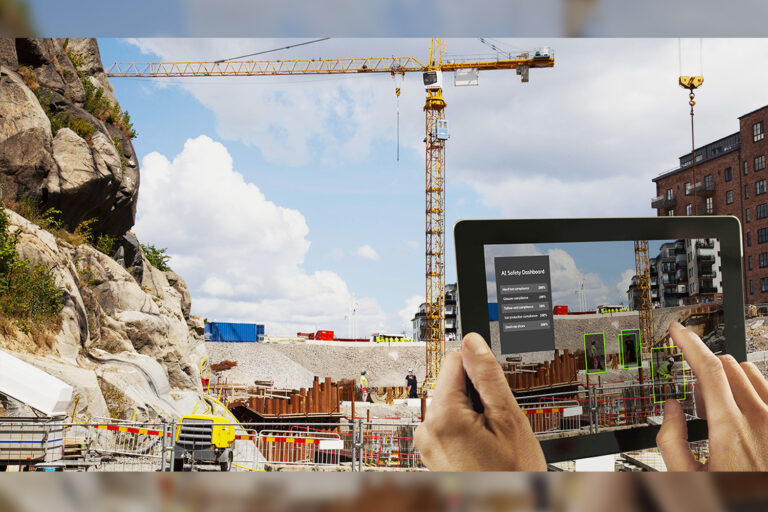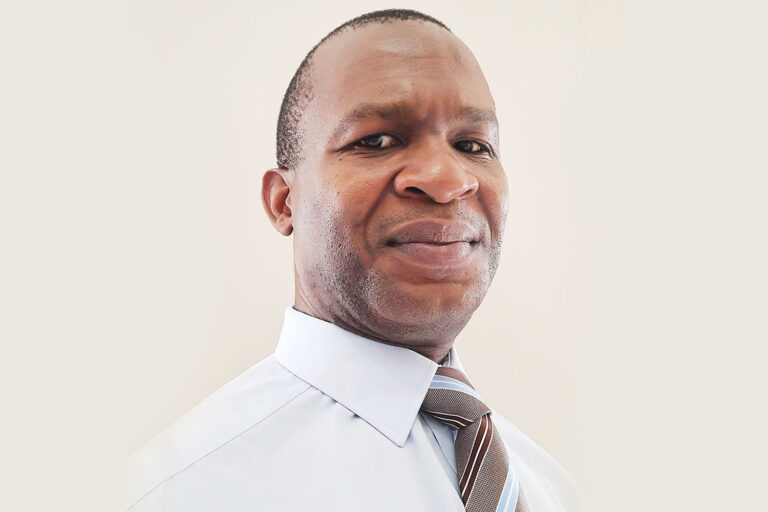By: Shiletsi Makhofane, Head of Africa Government and Industry Relations at Ericsson Middle East and Africa
ICT has the power to transform society. Not only has it helped us connect throughout a tough 2020, but it has the ability to affect GDP. However, as global connectivity demands increase, so too does the need for an effective approach to spectrum licensing and management. Here’s what you should consider.
If there’s one thing 2020 has taught us, it’s that staying connected to each other is fundamental if we’re to carry on in this ‘new normal’ world we’re living in. The pandemic has highlighted the important role ICT plays in connecting people across the world, but fewer people realize the true impact that ICT has on society.
ICT’s impact on GDP
A recent study carried out by Ericsson and Imperial College in London, investigated the extent to which the diffusion of mobile broadband (MBB) has impacted economic development, in terms of GDP. The results show that, on average, a 10 percent increase in the MBB adoption ratio causes a 0.8 percent increase in GDP. The research carried out with UK management consultancy, Arthur D. Little, also shows that a doubling in mobile broadband speeds can lead to a 0.3 percent increase in GDP.
In Africa, for example, most connections today are still largely driven by mobile or Fixed Wireless Access (FWA) technologies. However, according to the June 2020 Ericsson Mobility Report and its regional subscriptions outlook, mobile broadband subscriptions are predicted to increase in Sub-Saharan Africa to over 70 percent of mobile subscriptions by 2025. LTE share will reach around 30 percent of subscriptions by the end of the same year, compared to 11 percent in 2019. But High Speed Packet Access (HSPA) will remain the dominant technology, with a share of around 40 percent, which is similar to 2019.
Driving factors behind the growth of mobile broadband subscriptions include a young, and growing population with increasing digital skills, and more affordable smartphones. Over the forecast period, discernible volumes of 5G subscriptions are expected from 2022, reaching 3 percent by 2025.
How ICT is blunting the impact of coronavirus
With the COVID-19 impacting the world, ICT has revealed itself to be crucial in keeping people connected. According to the Ericsson Mobility Report, 83 percent of respondents claim that ICT has helped them significantly in coping with the impact of the pandemic in various ways. There is a higher than average degree of feeling supported by ICT among career millennials, parents with children at home, and those living in the center of larger cities.
Among the seniors (60+), 3 in 4 also state that ICT has helped them a lot during the crisis, especially in being able to stay in touch with family and friends. The most important communication services among all respondents for this purpose have been voice calls and instant messaging. Among seniors, 4 in 10 ranked video calls as 1 of the 3 most important communication services. This demonstrates the wide impact of technology towards creating better society
With 5G technologies rolling out, digital transformation is well under way, affecting society, and potentially changing industries forever. It will make economies competitive, and will also give rural communities the ability to become an important player in developing economic growth. Ericsson is involved in number of initiatives within agriculture, transport logistics, energy, industry, education, and port management, to make this transformation happen.
The key challenge with these developments, is that with the increasing demand for people and industries to be connected, more spectrum is required to support the networks in delivering these new services. As spectrum is a scarce resource, the licensing and management involved are crucial.
Approaches to license spectrum
Effective spectrum licensing can be a critical regulatory tool that administrations have at their disposal to meet the rapid rise in demand and enhance the quality and range of mobile services on offer. Different aspects of licensing, including the amount of spectrum made available, and the terms and conditions governing its use, are key determinants of whether the industry will have sufficient capacity to meet this demand while maintaining the quality and affordability of services. Let’s examine few considerations.
There’s no single best assignment approach, but rather a need to assess the merits of each approach on a case-by-case basis. Whether an auction or administrative assignment is adopted, the implementation of the approach is important. The process should be open, transparent and fair.
A timeous license renewal encourages long-term network investment
A timeous renewal helps avoid any investment being delayed because of uncertainty over future rights. When the licenses approach the end of their current term, timely renewal decisions (ideally between three and five years in advance of license expiry) can facilitate ongoing network investment and enable planning so service continuity to end-users can continue to be provided.
Spectrum prices can jeopardize the effective delivery of wireless services
The primary objective should therefore be to assign spectrum to those users who will be able to extract most value from this scarce and finite resource for the benefit of society as a whole. Where spectrum is auctioned, ongoing charges should be limited to recovering the cost of spectrum management and roll out be main priority.
National spectrum plans that encourages long-term network investment
Predictability can be supported when governments publish national broadband plans setting out how targets for widespread broadband will be achieved and a spectrum roadmap providing a schedule for forthcoming spectrum releases to meet the government’s broadband plan, as well as other demands on spectrum.
Spectrum licenses should be technology and service neutral
Technology neutral licenses enables spectrum to be used efficiently by mobile operators rather than being tied to declining technologies and services. The most important development is the ability to refarm bands so they are used simultaneously for several technologies – including 4G and 5G. This allows for the introduction newer technologies in line with increasing mobile broadband demand while at the same time supporting legacy users.
License duration should be for a long period to incentivize network investment
The longer the duration of a license, the greater the certainty provided for operators to undertake long-term investments in rolling out networks and in deploying new services. Investors would be reluctant to undertake investments if the license runs for a shorter period than the expected payback period.
Competition can be supported by licensing as much spectrum as possible, and limiting charges and other barriers to services, including set-asides
As access to spectrum is essential for the supply of mobile services, the way that spectrum is assigned and how it is managed on an ongoing basis can impact on the level of competition in mobile markets. Making available additional spectrum in capacity and coverage bands is key to supporting better quality, widespread, affordable mobile broadband services.
Voluntary spectrum sharing and trading should be encouraged to promote efficient spectrum use
Allowing spectrum rights in new and renewed licenses to be traded between operators is an important way to ensure that spectrum continues to be used efficiently over time. In particular, sharing and trading encourage efficiency by allowing spectrum rights to be shared or transferred to those who will make better or more efficient use of them.
Sharing and trading also allow a larger portfolio of different applications to be unlocked, and can be powered my mobile services, such as remote surgery, automated cars, Industry 4.0 needs, and so on.
There’s no doubt that investing in ICT is crucial for citizens and a region’s impact on a local and global level. Understanding how best to approach this from day one will make all the difference for meeting connectivity demands now and in the future.






